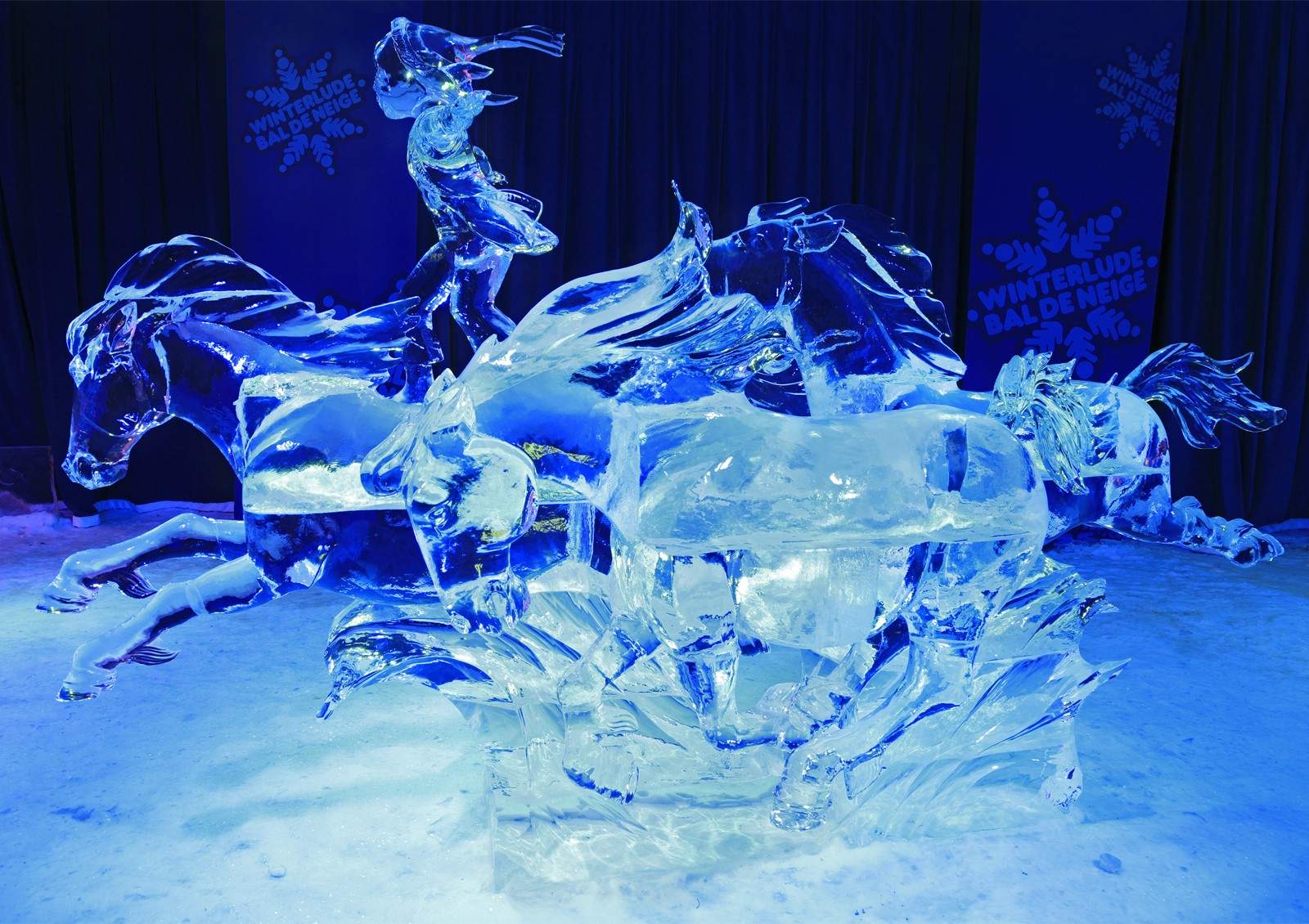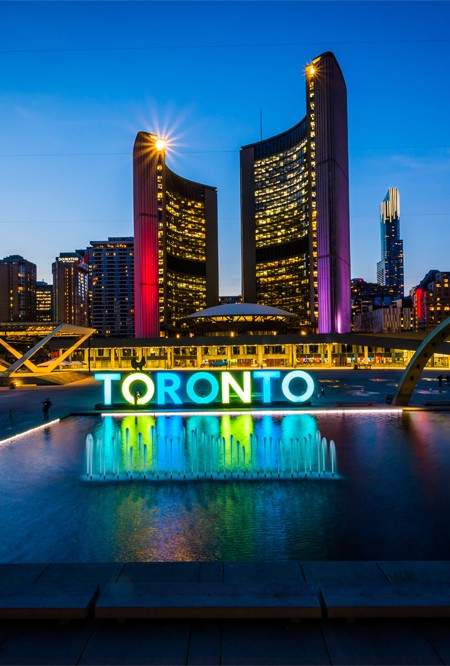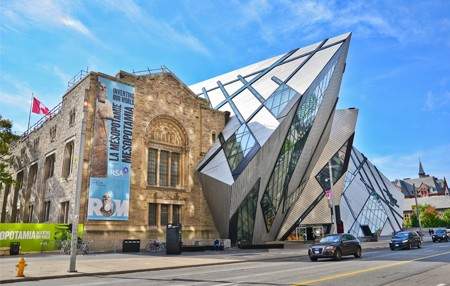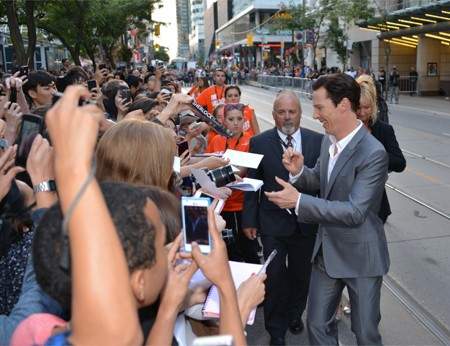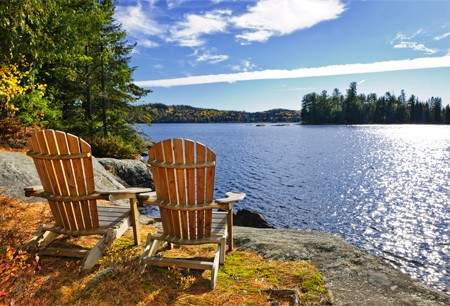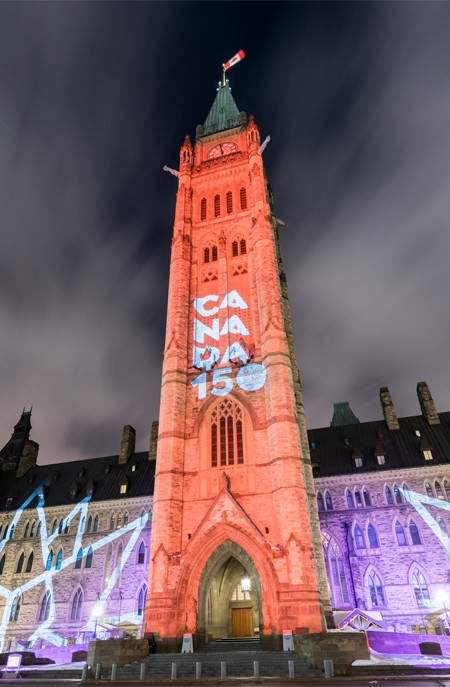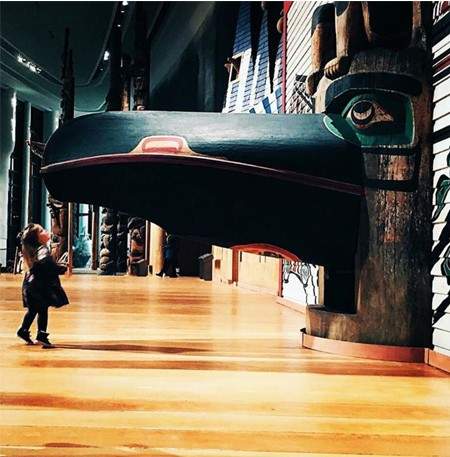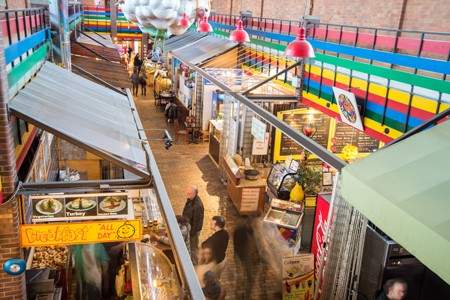Chapter
No
Ontario Tourism Information
Why Visit Ontario?
A third of Canada’s population lives in Ontario, and the city of Toronto — the country’s largest — contains most of Canada’s world-class attractions, entertainment, and shopping. The national capital of Ottawa is home to many interesting sights involving Canadian history and government, while the more rural “cottage country” regions are where locals go to enjoy the great outdoors.
Orientation
Northern Ontario is largely uninhabited, and most of the province’s major population centers, including Toronto, are located in the southeastern corner, around the massive Lake Ontario. Despite the name, so-called Central Ontario — the scenic, nature-filled region — can be found by driving only a few hours in any direction outside greater Toronto. Ottawa is about a four hour drive northeast of Toronto, and sits on Ontario’s border with Quebec.
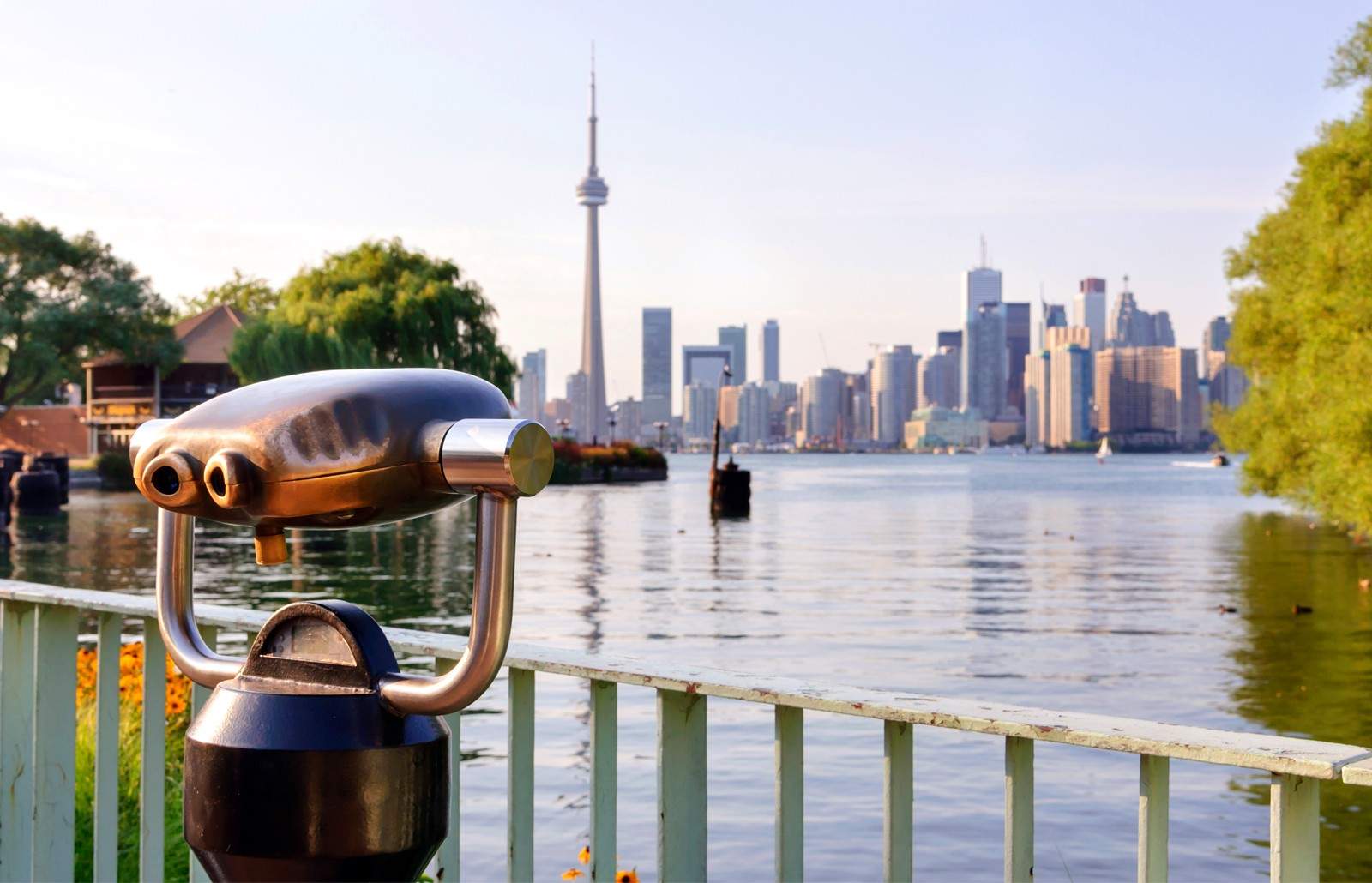
A view of the Toronto skyline from the Toronto Islands.
Andy.M/Shutterstock
Toronto Tourism
Canada’s largest city.
Sights
Toronto is a sprawling city bordered on the south by the coast of Lake Ontario, with the downtown core located in a wide column of neighborhoods that extend perpendicular from Bloor Street in the north all the way to the coast of the lake (the Waterfront). Downtown Toronto is divided into dozens of distinctive neighborhoods, many of which are defined by their strong ethnic identities, such as Little Italy, Greek Town, Little Portugal, and Chinatown. Toronto’s answer to New York’s Times Square is Yonge and Dundas Square, a famously busy downtown intersection awash in garish billboard advertisements and flashing signs.
Canada’s largest building, the CN Tower, looms over Toronto and is one of the country’s busiest tourist attractions. For $35 you can go to the top and check out the city below from various lookout points or dine at an exceedingly expensive restaurant. In recent years, an insane new feature called the “Edgewalk” has been added, allowing thrill-seekers to literally walk along the outside edge of the tower while attached to a safety harness.
The far east end of the greater downtown area is bordered by the sprawling High Park, which contains the sort of amenities one generally expects from a large city park, including walking trails and sports fields. Much of the city’s other attractive parklands are located outside the city altogether, on the so-called Toronto Islands which sit in Lake Ontario and can be accessed by car tunnel or passenger ferry. The larger islands are all tightly packed together and connected by small bridges. Along with ample green space, they’re home to a children’s amusement park, restaurants, and some small beaches popular in the summer.
The Toronto Zoo is the fifth largest on earth, with an incredible assortment of exotic animals from every continent, including two Canadian-born pandas. It is about a 45 minute drive from downtown.
Museums and Galleries
Housed in two equally imposing buildings, Toronto has two major museums, the Art Gallery of Ontario (AGO) and the Royal Ontario Museum (ROM). The AGO, as the name suggests, is a gallery of art — mostly paintings — spanning a diverse array of styles, eras, and nationalities, including a large assortment of Canadian art. The ROM is a more generalized museum with exhibits on art, history, geography, nature, animals, dinosaurs, and more. Both feature touring special exhibits from other countries.
The official museum of the National Hockey League, the Hockey Hall of Fame, is a colorful, modern museum focused on professional hockey greats past and present, with showcases of artifacts and many interactive, computer-based activities for kids. For an additional $10 you can get your photograph taken with the Stanley Cup.
The Ontario parliament buildings are located in the middle of a green area in the northern part of downtown known as Queen’s Park. Given how much Canadian history revolves around Ontario, the provincial parliament doubles as a thorough museum of Canada’s political past.
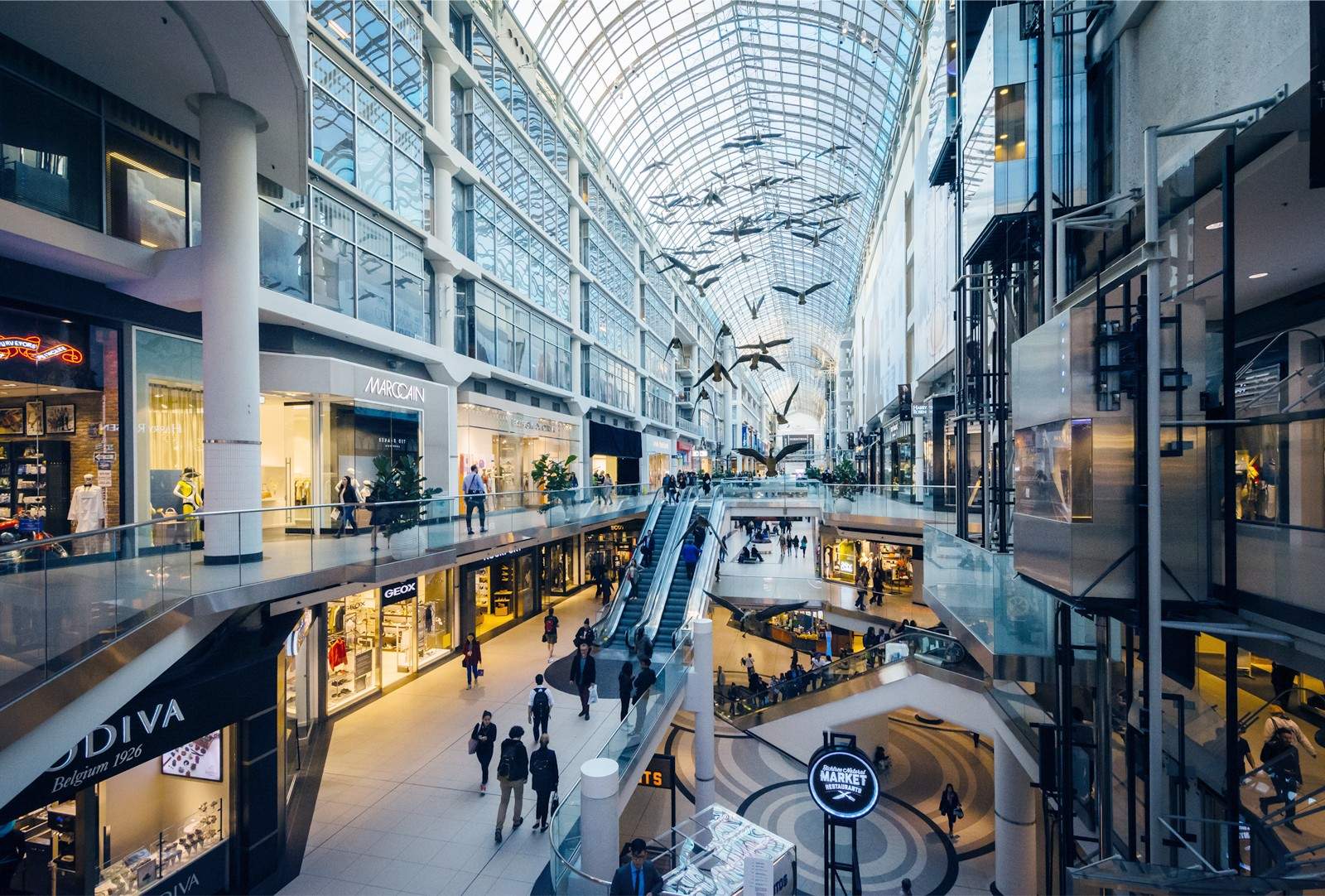
Eaton Centre mall in downtown Toronto.
Jon Bilous/Shutterstock
Shopping
Toronto has many malls, but the grandest is the enormous Eaton Centre, located on Yonge Street — the centre of downtown shopping. Higher end stores can be found many blocks north, in the elite Bloor Yorkville neighborhood. The long Queen Street is home to trendy and unique boutique-style stores. An even bigger, grander mall, the Yorkdale Shopping Centre, is about a 30 minute drive from downtown. It also has its own subway stop.
Kensington Market is an eccentric and bohemian downtown shopping district full of quirky independent stores and restaurants. Way on the other end of town is the indoor St. Lawerence Market, a historic marketplace with dozens of artisanal vendors selling fresh goods like meat, fish, cheeses, baked goods, candy, and more.
Nightlife
Toronto has an entire neighborhood south of Richmond Street West known as the Entertainment District that’s home to an assortment of popular bars and nightclubs. Toronto’s large gay scene makes its home in an area around northern Church Street known as Church-Wellesley Village.
Events
The Canadian National Exhibition, better known as the CNE or simply “the Ex,” is a large outdoor fair that’s been hosted by Toronto every year since 1879. Held during the final three weeks of summer, the CNE features rides, animal shows, shopping pavilions, live music, and plenty of things to eat.
Toronto Pride is one of the biggest LGBT celebrations anywhere on earth. It now consumes the entire month of July, though most of the partying still revolves around the massive Pride Parade held on the month’s first weekend.
The Toronto International Film Festival takes over the city every fall. Many Hollywood blockbusters make their debut here, along with numerous indie films. Movies are shown all over the city, though the ease of getting tickets will greatly vary. Directors and actors often show up for post-movie Q and A sessions.
Spectator Sports
Toronto is home to Canada’s only NBA team, the Toronto Raptors, who play in the Air Canada Centre, as well as the country’s only MLB team, the Toronto Blue Jays, who play in Rogers Centre (formerly known as the SkyDome).
Toronto’s long-suffering NHL team, the infamous Toronto Maple Leafs, play in the Air Canada Centre when the Raptors don’t.
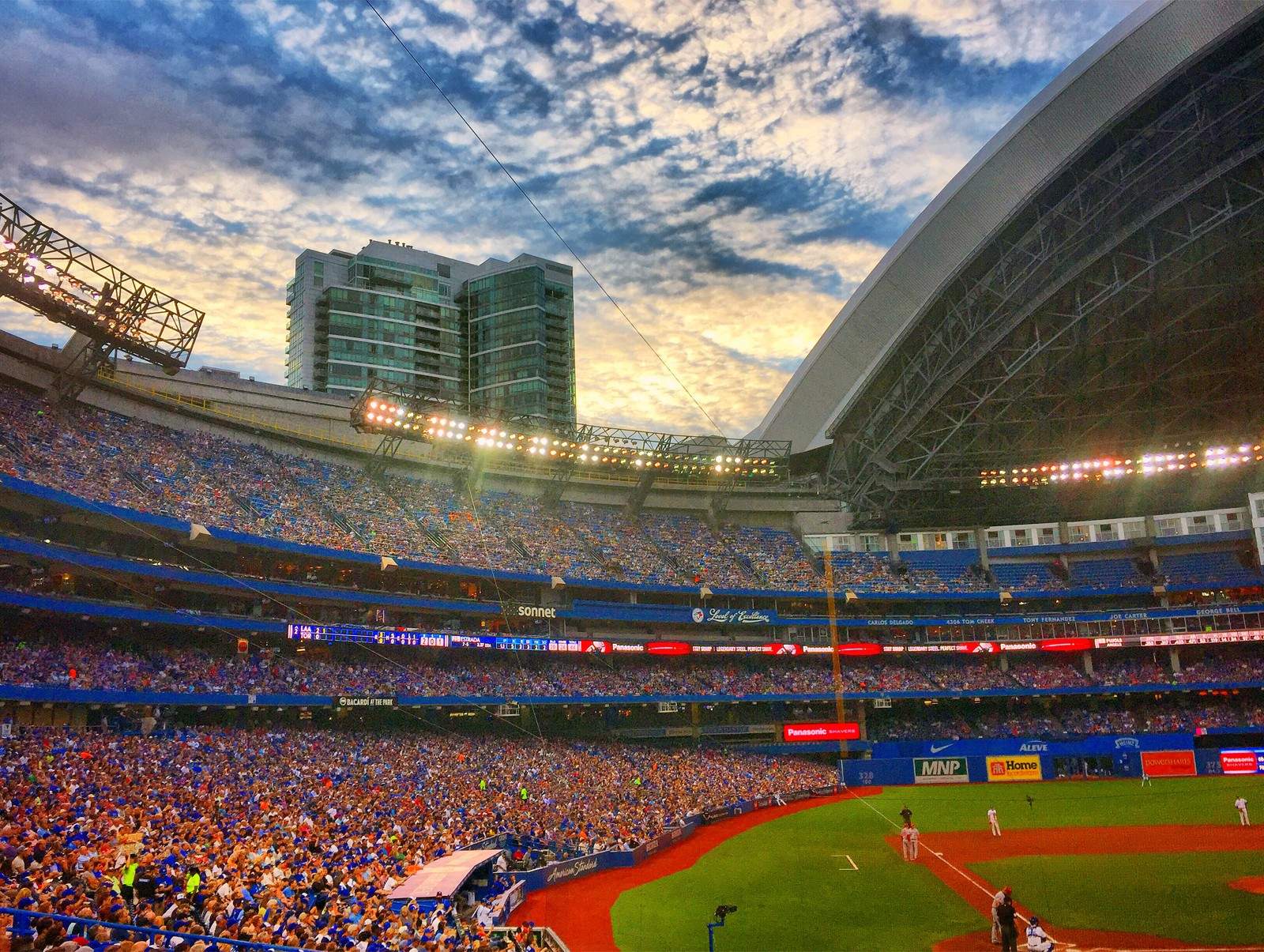
The Rogers Centre arena during a Blue Jays game.
Stephen Staley
Ontario Tourism Outside Toronto
Located in the city of Vaughan, Canada’s Wonderland is the biggest amusement park in Canada with giant roller coasters, a water slide park, acrobat shows, and more. Fun for the whole family!
Canada’s most famous tourist attraction of all, the epic waterfalls of Niagara Falls are located about 90 minutes from downtown Toronto along the bank of the Niagara River, which also serves as a US-Canadian border. The two falls, Horseshoe Falls and Bridal Veil Falls, can be viewed up close by special boat tours, while the area around them, known as Clifton Hill, has grown into a sprawling, Las Vegas-like tourist trap complete with casinos, arcades, wax museums, a ferris wheel, haunted houses, buffets and bars galore. A short drive from the falls is Marineland, an aquarium park famous for its whales, dolphins, and seals. The greater Niagara Falls area is home to Ontario’s wine country, with ample vineyards for tours and tastings.
During the summer months, Ontarians love to run away to their so-called “cottage country,” the term for the south-central, wooded region of the province where many families rent a second home. The most popular area is the city of Muskoka, located on the coast of Lake Huron’s Georgian Bay, though the Haliburton Highlands, near the Quebec border, and the Kawarthas region, on the eastern coast of Lake Ontario are hot spots as well.
Ottawa Tourism
The capital city of Canada.
Sights
Ottawa sits on the bank of the Ottawa River, which functions as a border between Ontario and Quebec. Many of the city’s most famous sights are clustered around the coast, and the city on the Quebec side, Gatineau (previously known as, and still often called, Hull) — which is easily reached by multiple bridges — is considered part of “Greater Ottawa.” The Rideau Canal and the larger Rideau River both flow from the Ottawa River and cut through the eastern part of the city. In the winter, the frozen Canal is popular for skating.
Ottawa’s skyline is dominated by Parliament Hill, and the grand, gothic Parliament Buildings that serve as the seat of Canada’s government. The enormous Peace Tower clock rises from the middle of a building known as Centre Block, which contains the chambers of the House of Commons and Senate, as well as the offices of many senior politicians. Unfortunately, the entire Centre Block is currently under renovation and cannot be visited by the public until at least 2029. Temporary chambers of parliament have been set up in adjacent office buildings to the east and west of Centre Block, known as East Block and West Block, respectively. These buildings, which also feature historic recreations of offices of famous figures from Canadian history can be visited by the public.
Downtown Ottawa contains numerous monuments of significance, chiefly the massive National War Memorial arch, which commemorates Canada’s war dead, and the new National Holocaust Monument, which honours those murdered by Germany’s Nazi regime (1933-1945). Smaller monuments include the Canadian Tribute to Human Rights and the National Peacekeeping Monument, which honour Canada’s commitment to peace.
Museums and Galleries
Most of Canada’s greatest museums are located in Ottawa, and for anyone interested in learning more about Canadian art, history, science, and culture the city offers an endless bounty. Leading attractions include the Canadian Museum of History, the Canadian War Museum, the National Gallery of Canada, the Canadian Museum of Nature, the Canada Science and Technology Museum, the Canadian Aviation and Space Museum, and the Canada Agriculture and Food Museum. All are large, well-funded and contain some of Canada’s top artifacts and exhibits.
Many major institutions of the Canadian federal government also offer tours and museum-like exhibitions, including the Supreme Court of Canada, the Bank of Canada, the Royal Canadian Mint, and Rideau Hall (the official residence of Canada’s Governor General).
Shopping
Ottawa’s most iconic shopping area is the ByWard Market, a collection of open-air vendors selling fresh produce, meats, baked goods and more, surrounded by various shops, cafes, and restaurants.
Despite the name, the Sparks Street Mall is actually another outdoor shopping district, known for its independent shops and lively street performers. The city’s biggest actual mall is the Rideau Centre, with over 160 stores.
Activities
As the nation’s capital, Ottawa is home to the country’s grandest celebrations of Canada’s patriotic holidays. Canada Day festivities consume the city every July 1, with outdoor concerts, food carts, and fireworks. Remembrance Day on November 11 is a massive event of a decidedly different tone, as enormous crowds gather around the National War Memorial to watch the prime minister, governor general, and other important people lay wreaths and give speeches in honour of Canada’s war dead.
Winterlude, which is held the first three weekends of February, brings some cheer to Ottawa’s notoriously grim winters. The area around the frozen Rideau Canal is transformed into a sprawl of ice sports, ice sculptures, and children’s playgrounds.
In May, the city is enveloped by the Canadian Tulip Festival, another family-friendly celebration featuring live music, cultural pavilions, and fireworks, held amid vast gardens of tulips that spring up all over the city.
Spectator Sports
Ottawa has an NHL team called the Ottawa Senators who play at the Canadian Tire Centre. The city’s CFL team, is the Ottawa Redblacks (previously called the Rough Riders) who play at TD Place.
